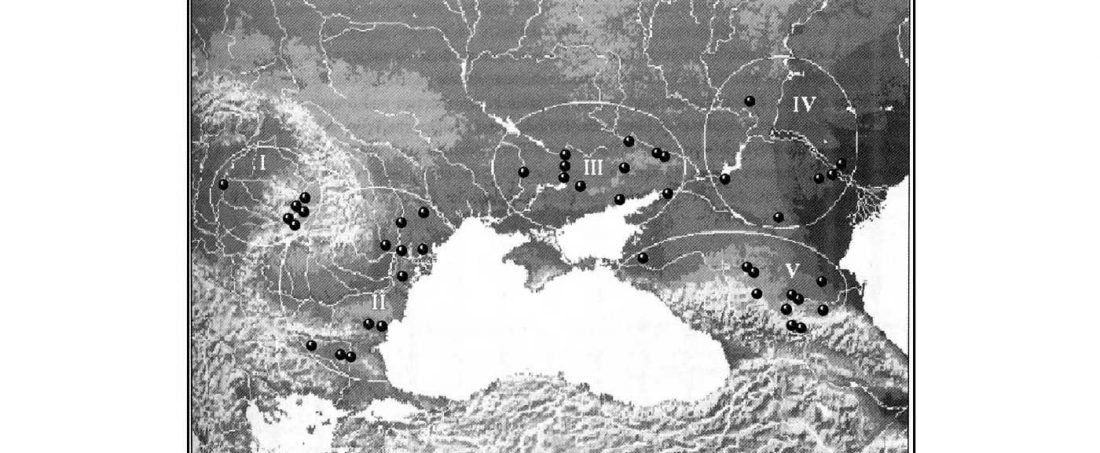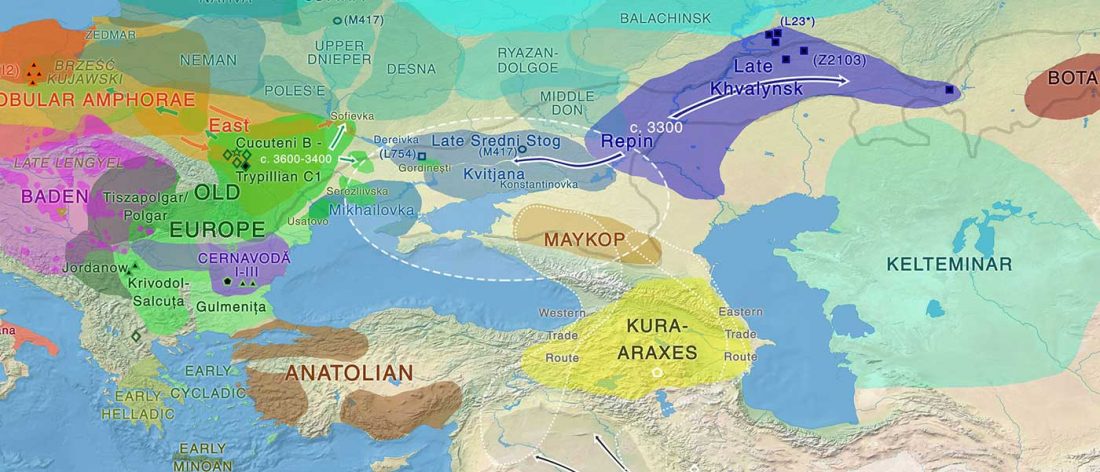Once the haplogroups of the announced West Yamna and Yamna settlers in Hungary and Khvalynsk from Ekaterinovka appear, it is to be expected that there won’t be much discussion on the Y-DNA bottlenecks that affected Khvalynsk – Yamna migrations.
So let’s cut to the chase and see where Corded Ware peoples (mainly of R1a-Z645 subclades) got their so-called “steppe admixture” different from that of Yamna. Because, as you might have realized by now, Sredni Stog – and consequently Corded Ware – remains nowadays an undefined (archaeological) mess.
Rassamakin explains it quite well, in the chapter Eneolithic of the Black … Read the rest “Sredni Stog, Proto-Corded Ware, and their “steppe admixture””



